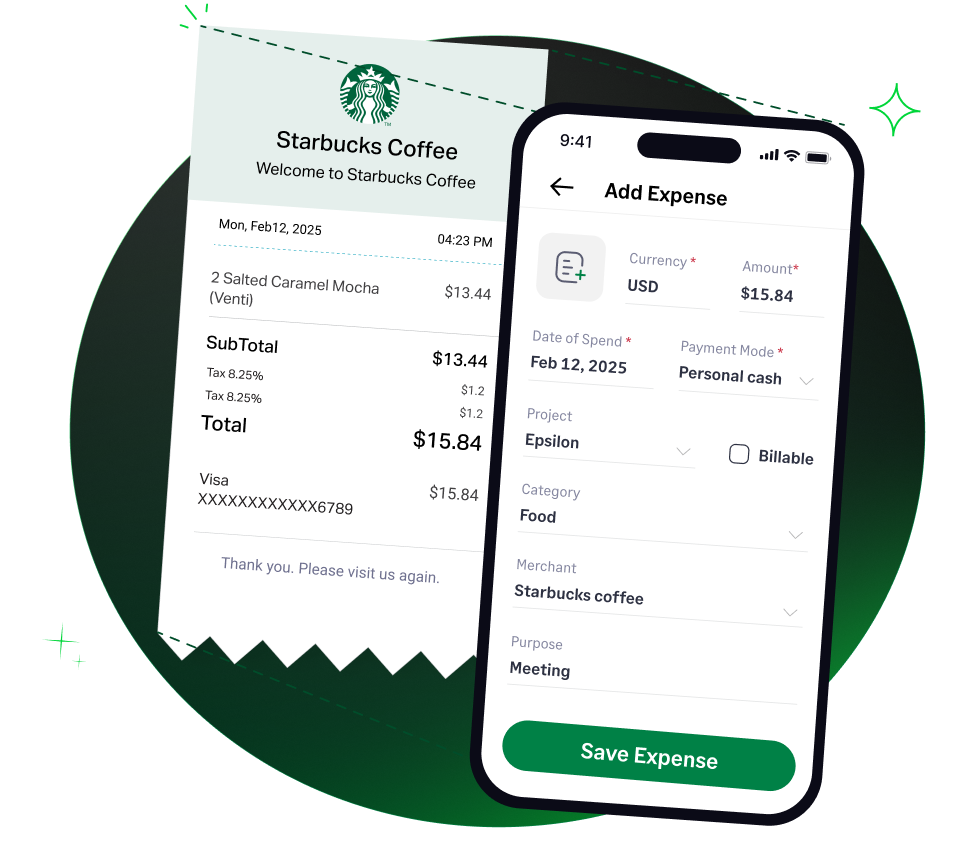✨ Exciting news: Fyle is now part of the Sage family! Learn more in our press announcement >
 4.6/51670+ reviews
4.6/51670+ reviewsFor nonprofit organizations, support often comes in forms other than cash. These in-kind contributions—donated goods like food or computers, and donated services like pro-bono legal work—are vital resources that allow nonprofits to stretch their budgets and amplify their impact.
While no cash changes hands, it is a critical accounting and compliance requirement for nonprofits to assign a monetary value to these donations and record them in their financial statements.
This process, known as valuation and recognition, is governed by both Generally Accepted Accounting Principles (GAAP) and IRS reporting rules. This guide will explain how to categorize the value of in-kind contributions to ensure your organization's financial reporting is accurate and transparent.
An in-kind contribution is unique in that it is not a cash expense. Instead, it is recognized on a nonprofit's financial statements as both revenue and an expense (or an asset). This net-zero transaction accurately reflects that the organization received value and then used that value to further its mission.
The expense side of the transaction is categorized based on its function, just like any other cost, for reporting on the Form 990:
The most critical factor is determining the Fair Market Value (FMV) of the donation and understanding the specific rules that distinguish the treatment of donated goods from donated services.
A nonprofit must make a good-faith effort to determine the Fair Market Value of donated goods at the time of the contribution. As defined in IRS Publication 526, FMV is the price at which property would change hands between a willing buyer and a willing seller.
This is a key area of compliance. Under GAAP, you can only recognize the value of donated services if they meet one of two specific criteria:
Volunteer time for general tasks, like answering phones or serving meals, is not recorded as revenue and expense in the financial statements, although it should be tracked for operational and reporting purposes.
Properly valuing and reporting in-kind contributions is a major component of a nonprofit's annual IRS filing.
Nonprofit organizations report in-kind contributions on Form 990, Return of Organization Exempt From Income Tax.
As detailed in IRS Publication 1771, the nonprofit has a responsibility to provide donors with a written acknowledgment for their contributions. For in-kind gifts, the receipt must describe the donated item, but it should not state a value. The donor is solely responsible for determining the value of their donation for their own tax deduction purposes.
While Fyle is designed for cash expenses, it serves as an excellent system for documenting and tracking the information related to in-kind contributions, ensuring you have a complete audit trail.




